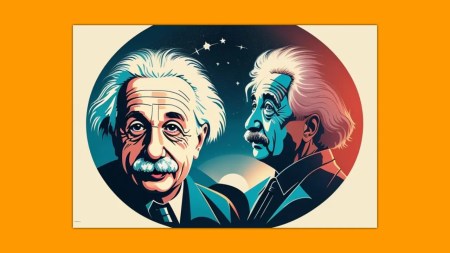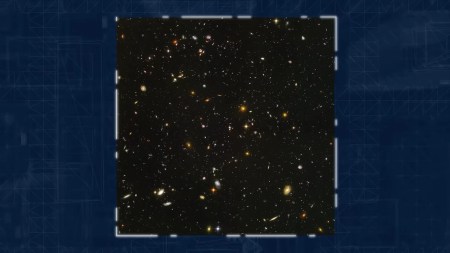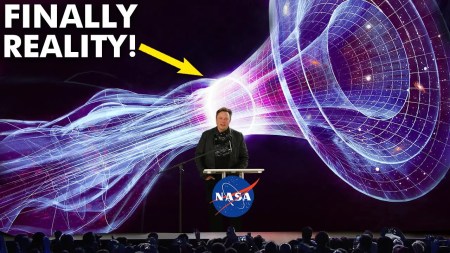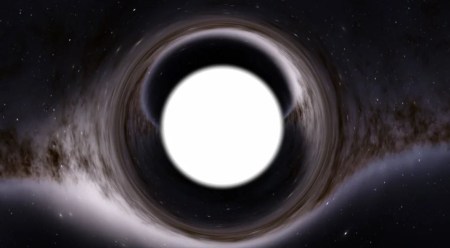Albert Einstein, a name synonymous with genius, forever changed the way we comprehend the universe. His revolutionary theories overturned centuries-old…
Browsing: Albert Einstein
The latest Hubble discoveries are astonishing! Just look at this newly formed giant exoplanet from the constellation Auriga, which is…
The Hubble space telescope allows us to see deep into space, changing our understanding of astrophysics and shaping our knowledge…
The first white hole has been found by astronomers. Black holes are terrifying massive objects lurking in deep space and…
Scientists have long considered wormholes as a possible means of interstellar travel within human timescales. This video explains wormholes from…
Einstein is considered the greatest of theorists, alongside Isaac Newton, the father of classical mechanics. His name has become synonymous…
When the popular physicist Albert Einstein died in 1955, the doctor who performed his autopsy removed his brain. He took…
You have of course already heard of the theory of relativity, but did you understand it? We explain briefly and…
In our everyday life, we experience light only in straight lines – unaffected by gravity. In space, however, this way…








